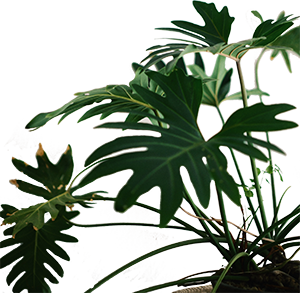HOW TO CARE FOR A RUBBER PLANT
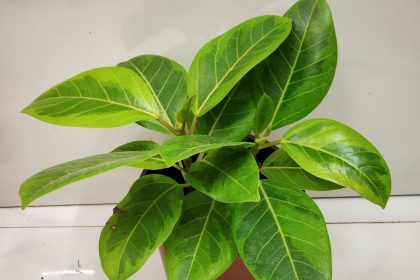
Ficus elastica (more commonly known as a rubber plant, rubber tree or rubber tree plant) is a popular houseplant because of its waxy leaves and larger-than-life appearance. Rubber plants can grow up to 100 feet in their native homeland of Southeast Asia. As a domesticated houseplant, rubber plants grow anywhere between six to ten feet tall.
Rubber Plant Overview
Rubber plants earned their name thanks to their sap, which is sometimes used to make rubber. The rubber plant’s leaves also have a shiny and rubbery appearance. These plants will grow tall and produce beautiful leaves if you give them proper care.
Rubber plant care and growing requirements :
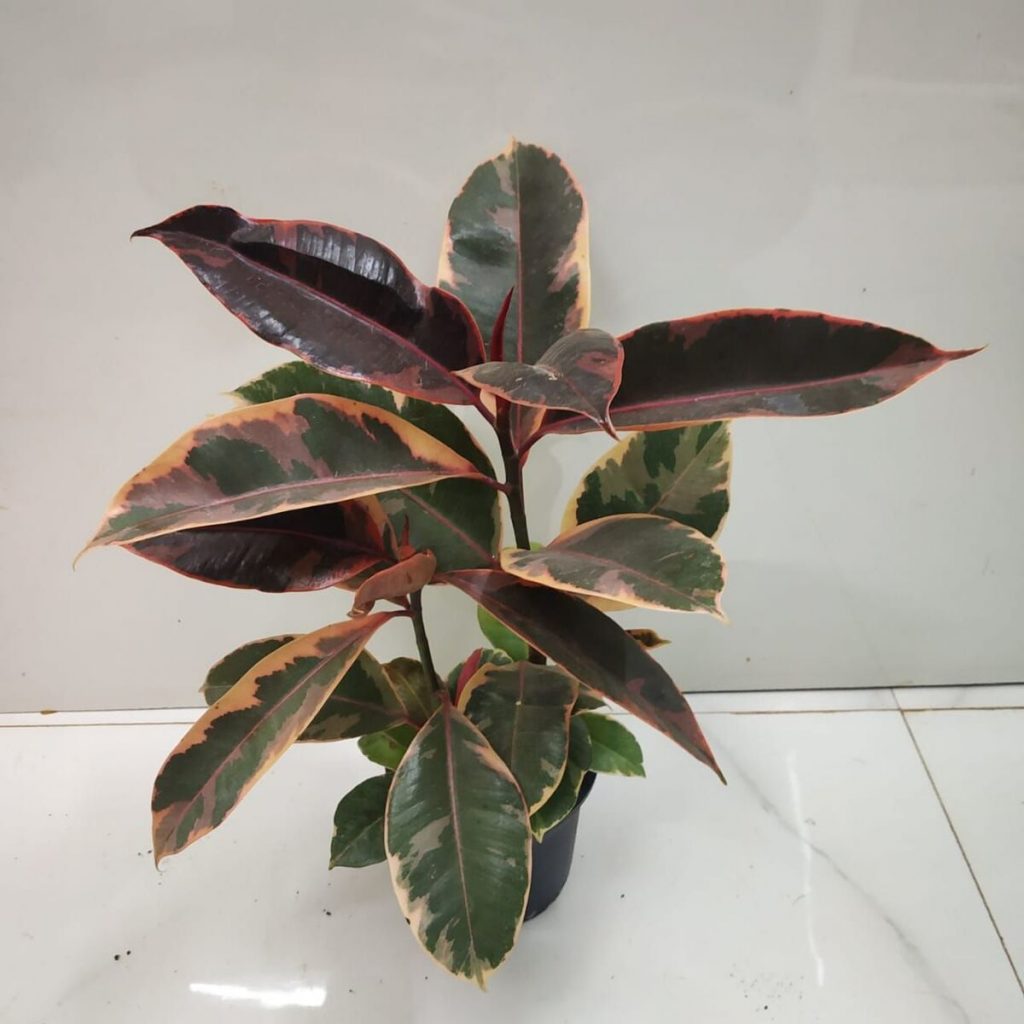
Watering
In the summer I water mine thoroughly even 7 days. In the winter it’s every 10-14 days because the sun can be out every day here in the Sonoran Desert. You’ll have to adjust the watering frequency according to your growing conditions. Houseplant watering 101 will shed some light on factors to consider. You basically want a happy medium with this plant – not bone dry but not soggy wet.
Light: Rubber plants prefer bright, indirect light that isn’t too hot. Direct sunlight can result in scorched leaves. You can keep your rubber plant near a window with a sheer curtain to give it just the right amount of sunlight. The more variegated varieties need more light to help bring out their colors, so make sure they especially get enough bright light.
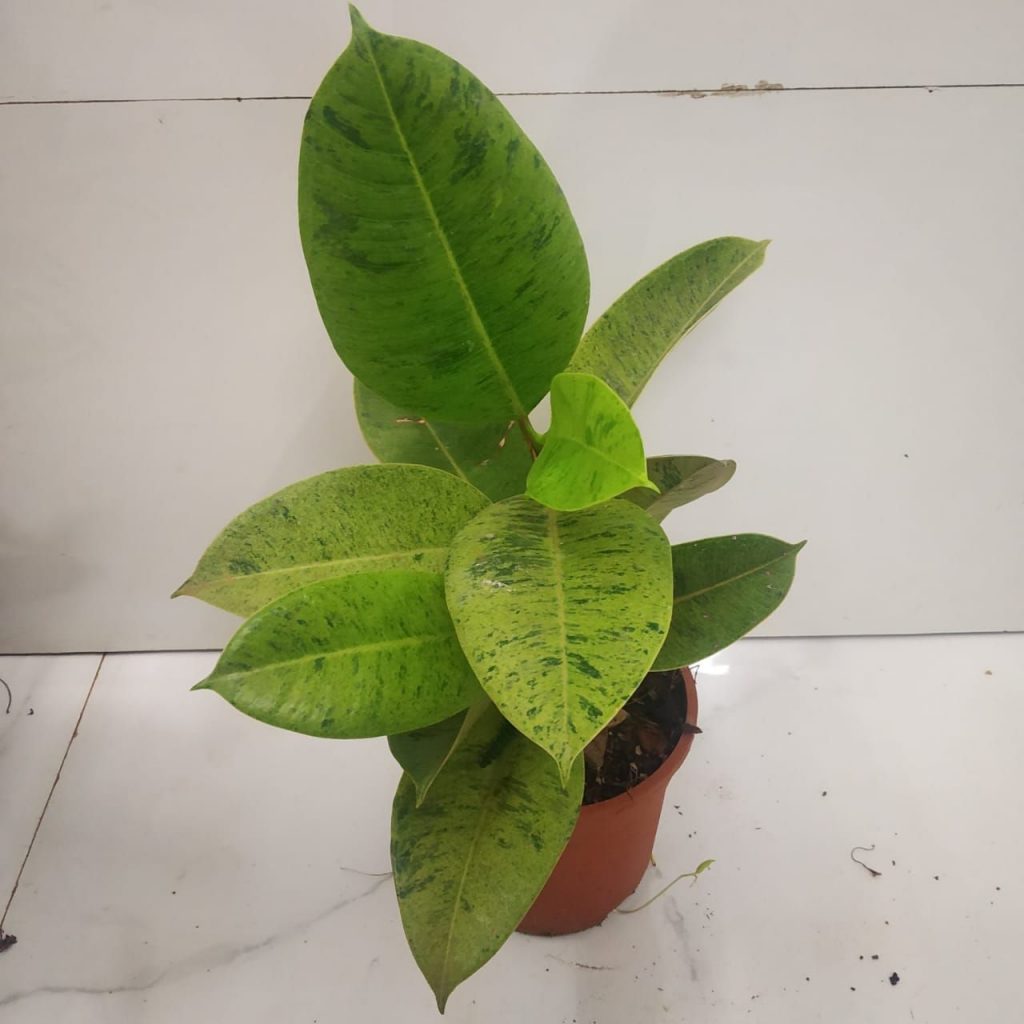
Toxicity: A rubber plant’s sap can cause skin irritation for some people. Make sure to wash your hands thoroughly after handling your plant, especially if you come in contact with the sap. Consuming this plant can cause mild tummy trouble or more severe symptoms like diarrhea or vomiting depending on how much is consumed.
Pests: Mealy bugs, mites, scales and aphids are a few common bugs that can find a home in your rubber plant. If caught early, you can remove these bugs by wiping them with a warm soap and water solution or an insecticidal soap.
Problems: Due to its need for balance in all forms, it’s easy to make your rubber plant unhappy if you stop paying attention to its needs. The best way to combat this is to keep an eye on the light it’s getting, the moisture in its soil and the overall temperature of the room it’s inhabiting.
Rubber plants are mostly susceptible to plant diseases associated with overwatering. Like we mentioned before, you should let your plant’s soil dry out between waterings to avoid drowning your plant.
Take a look at our guide to reviving a plant if you need more tips for taking care of any of these rubber plant problems.
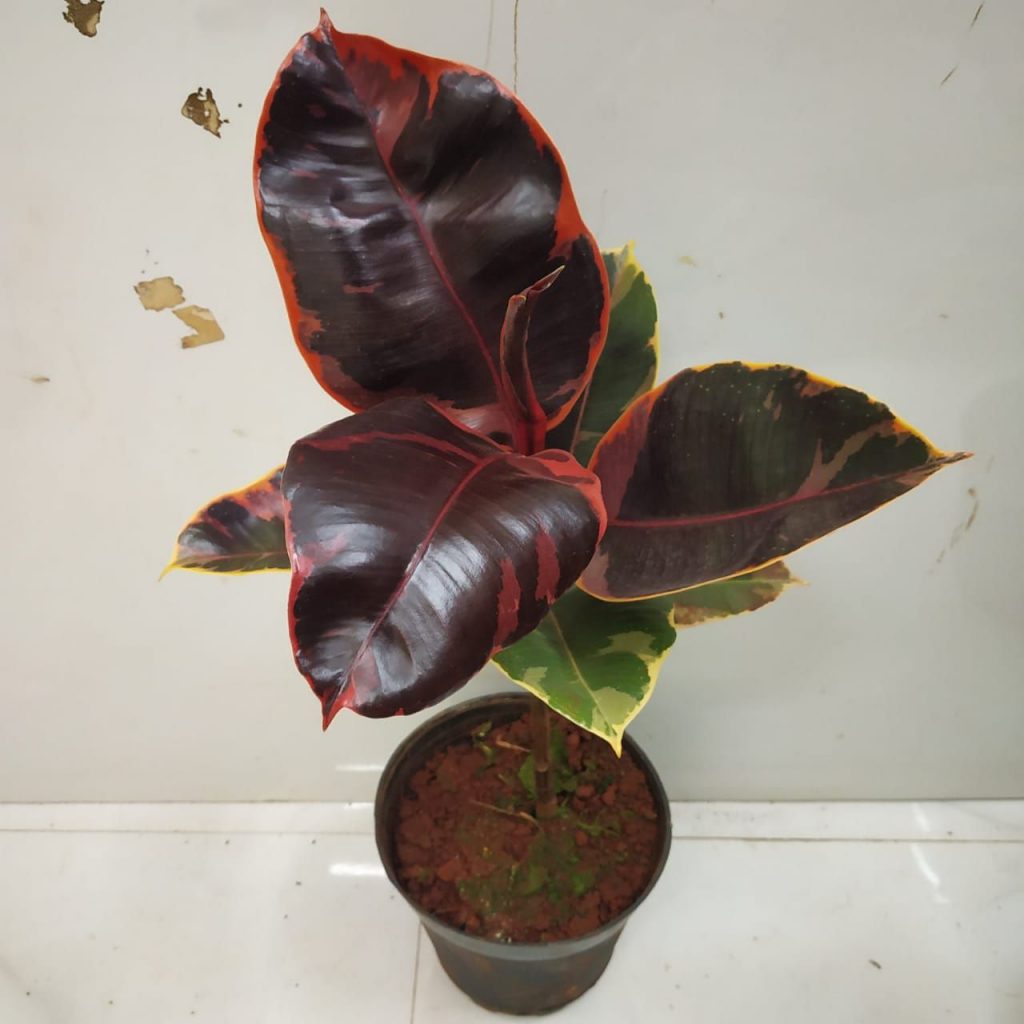
Repotting: You should repot your rubber plant to allow it to grow. You may need to do this every few years or every year depending on how large your pot is and how quickly your rubber plant grows. Don’t repot your rubber plant if you’d like to keep it at its current size.
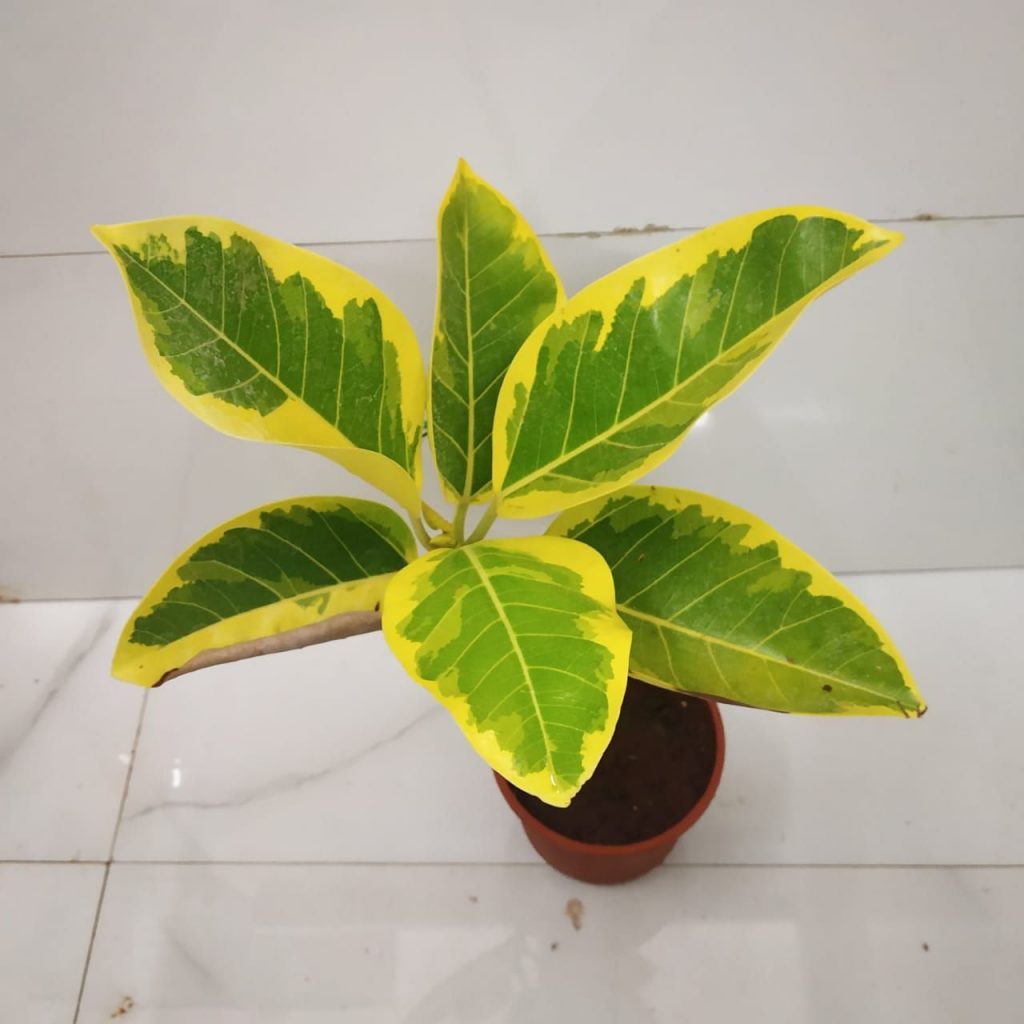
Propagation: The easiest way to propagate is to take a small branch from a healthy rubber plant and let it root in soil or water. You want to let the sap from the stem dry first before planting. Another way to propagate is by air layering. To do this, make a cut in a healthy plant and stick a toothpick in the opening. Wrap it in damp moss and then wrap plastic wrap around the moss to keep it on the toothpick. Once you start to see roots growing in the moss, cut the branch off and plant it in new soil.
Rubber plant care is easy if you remember to keep an eye on your plant and honor its need for balance. Rubber plants are well worth the care if you’re looking to grow a tall houseplant to impress your guests.


